Building sensory awareness helps children better understand the world through their five senses. Learn how sensorial experiences lay the foundation for brain development, learning, and emotional growth during early childhood. Join 4Life Education to explore practical strategies to support this vital stage of development.
Why building sensory awareness matters in early childhood
There is a timeless truth in the saying, “children learn what they live.” In the world of Montessori education, this belief is brought to life through the concept of building sensory awareness. From the moment of birth, babies begin to explore their surroundings using their five senses—sight, sound, touch, taste, and smell. This natural curiosity forms the core of how they begin to understand and interact with the world.
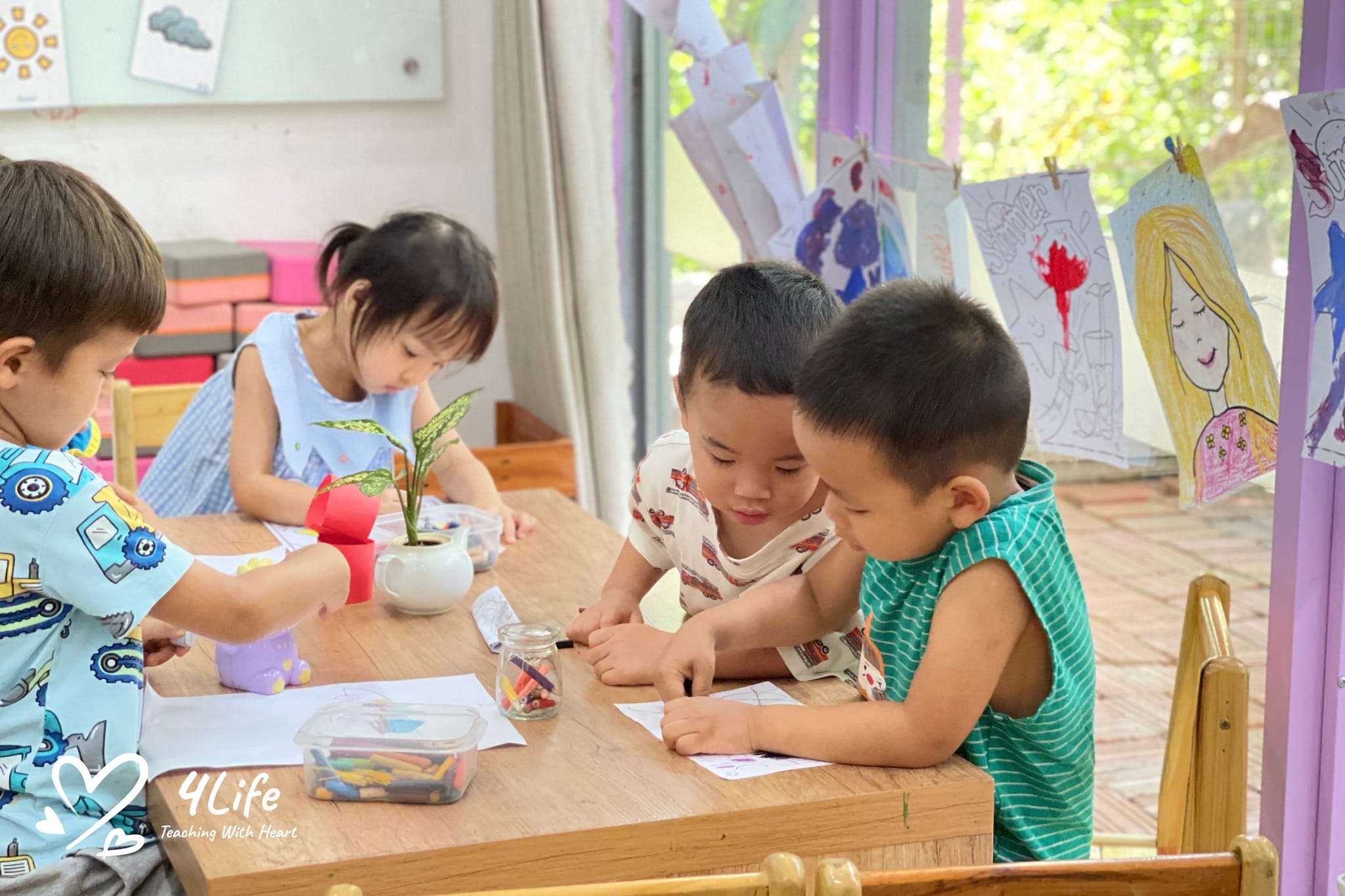
Why building sensory awareness matters in early childhood
Dr. Maria Montessori recognized that children are not passive recipients of knowledge but active participants in their learning journeys. She believed that by intentionally guiding children to notice the subtle differences in the environment—such as textures, colors, temperatures, sounds, and scents—we are helping them build an internal framework for more advanced thinking and emotional awareness later in life.
So, how can we support this essential part of a child’s growth? And why does it matter so much in the early years? Together with 4Life Education, let’s explore how to build sensory awareness and why it’s a cornerstone in every child’s development.
Sensory experiences shape how children learn
During the first six years of life, a child’s nervous system is undergoing rapid growth. Neural pathways are forming at lightning speed, and these connections are heavily influenced by sensory input. Every time a child touches something soft or rough, hears a musical note, or tastes a new flavor, messages travel through their nervous system and back to their brain. These repetitive signals gradually strengthen the brain’s ability to receive, process, and respond to information.
This process is more than just physical development—it’s cognitive wiring. Sensory awareness allows children to compare, contrast, and categorize their experiences. It is the foundation for future skills such as reading, problem-solving, and creative thinking.
Imagine a child learning to distinguish between smooth and bumpy objects. Though it seems simple, this ability requires fine-tuned sensory discrimination and mental focus. Over time, these small discoveries become the building blocks for complex learning processes.
How to help children build sensory awareness
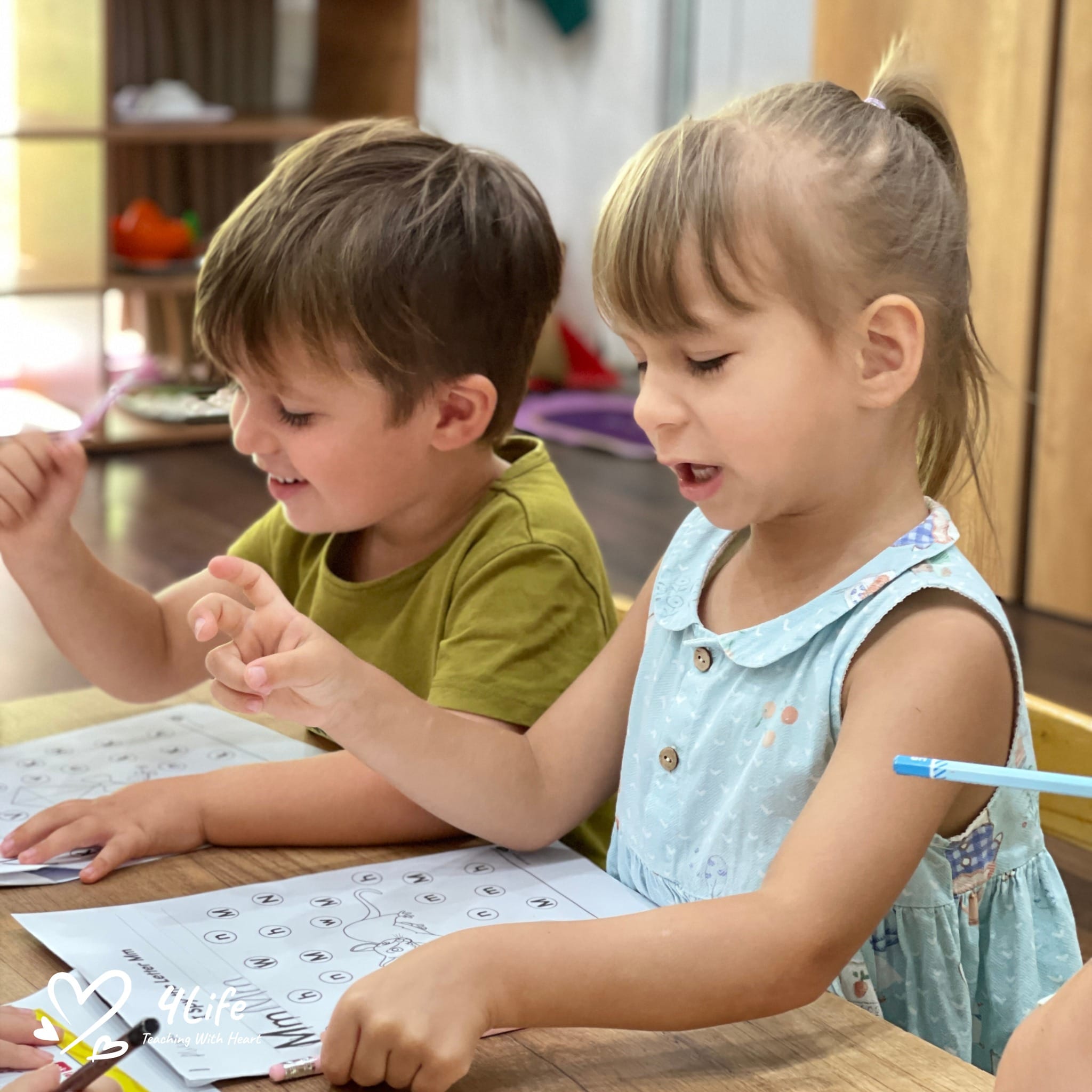
How to help children build sensory awareness
Supporting building sensory awareness doesn’t require elaborate tools or expensive materials. In fact, the most effective experiences often come from daily life and the natural environment. Here are some practical ways to help children explore their senses meaningfully:
Create sensorial stations at home or in the classroom
Set up simple corners with materials that invite exploration—smooth stones, soft fabrics, scented herbs, textured blocks, or musical instruments. Rotate materials regularly to keep children curious and engaged.
Guide attention gently
Instead of telling children what to notice, pose questions like:
– “What does this feel like?”
– “Can you hear that faint sound?”
– “Does this smell remind you of anything?”.
These gentle prompts encourage children to tune into their own sensory experiences.
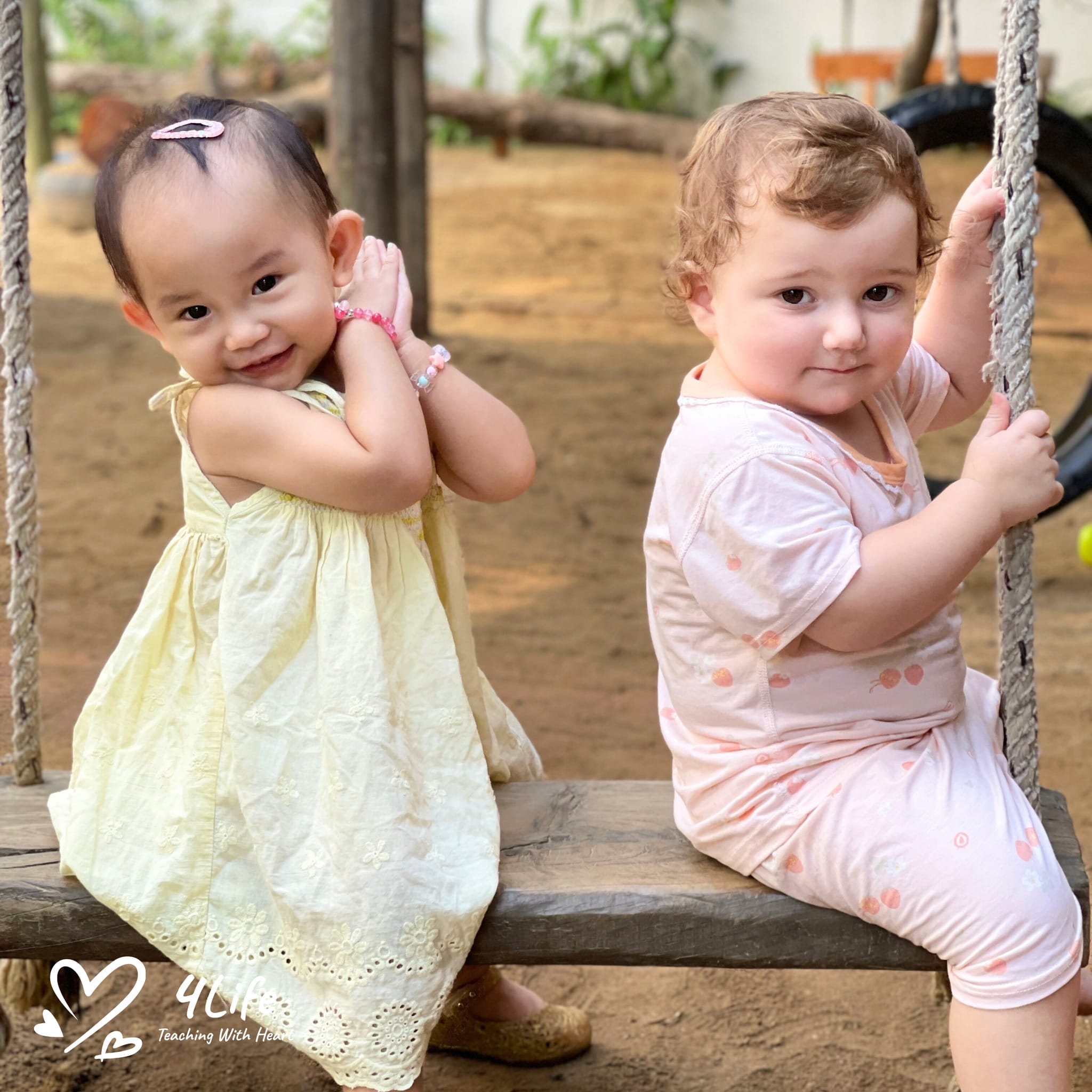
Guide attention gently
Use food as a learning tool
Taste and smell are powerful senses for memory and emotional connection. Cooking with children or letting them sample a variety of fruits and herbs is a playful way to explore flavors and build vocabulary around sensations.
Bring nature indoors
Leaves, pinecones, seashells, and sand offer natural textures and scents that stimulate the senses. Observing light patterns through a window or listening to rain are simple, calming sensory moments that promote mindfulness.
Sensorial activities that boost brain power
Montessori classrooms often feature specially designed materials for sensorial development—cylinder blocks, sound boxes, color tablets, and fabric swatches, just to name a few. These activities are purposeful and structured to isolate one sense at a time, allowing children to refine their perception without distractions.
For example:
– Sound cylinders help children differentiate between soft and loud sounds.
– Color tablets train the eye to recognize gradients of hue and intensity.
– Fabric swatches build tactile sensitivity by comparing roughness and smoothness.
These activities are not only enjoyable; they are vital exercises that help strengthen the brain’s processing centers. As children become more confident in recognizing patterns and differences, they develop stronger focus, memory retention, and self-regulation.
The long-term value of sensory learning
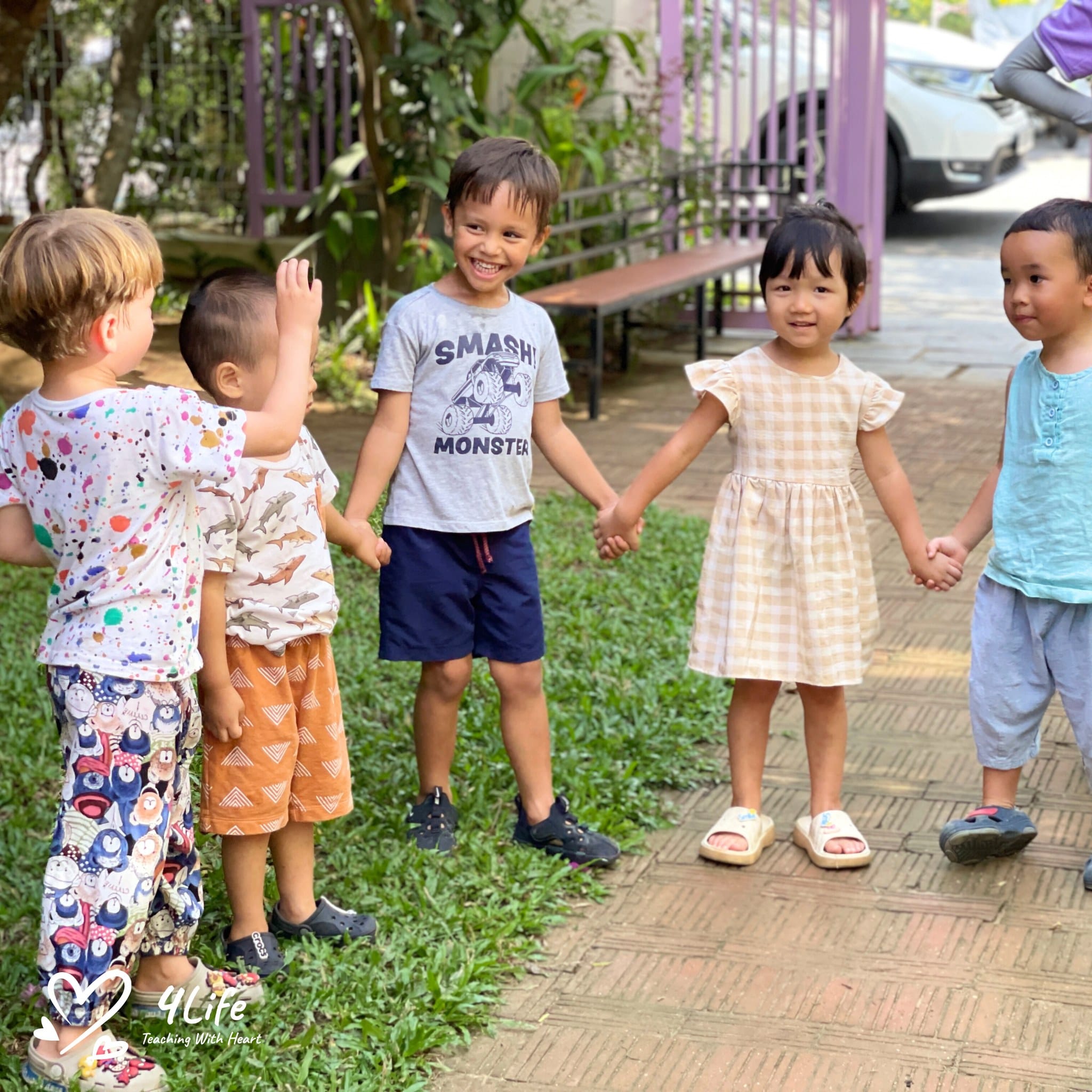
The long-term value of sensory learning
Why is building sensory awareness so essential in the early years? Because learning how to learn begins here.
When children explore the world through their senses, they’re not just gathering data—they’re learning how to observe, concentrate, make choices, and reflect. These are core capacities that they will carry into academic life and social interactions.
More importantly, sensory learning nurtures joy, confidence, and independence. A child who knows how to notice the little things—the wind on their face, the crunch of leaves underfoot—is a child who feels connected to their world. That sense of connection lays the groundwork for empathy, creativity, and resilience.
Building sensory awareness is not just about engaging the senses—it’s about nurturing a child’s natural curiosity and inner growth. With every small discovery, a strong foundation for lifelong learning quietly takes root.

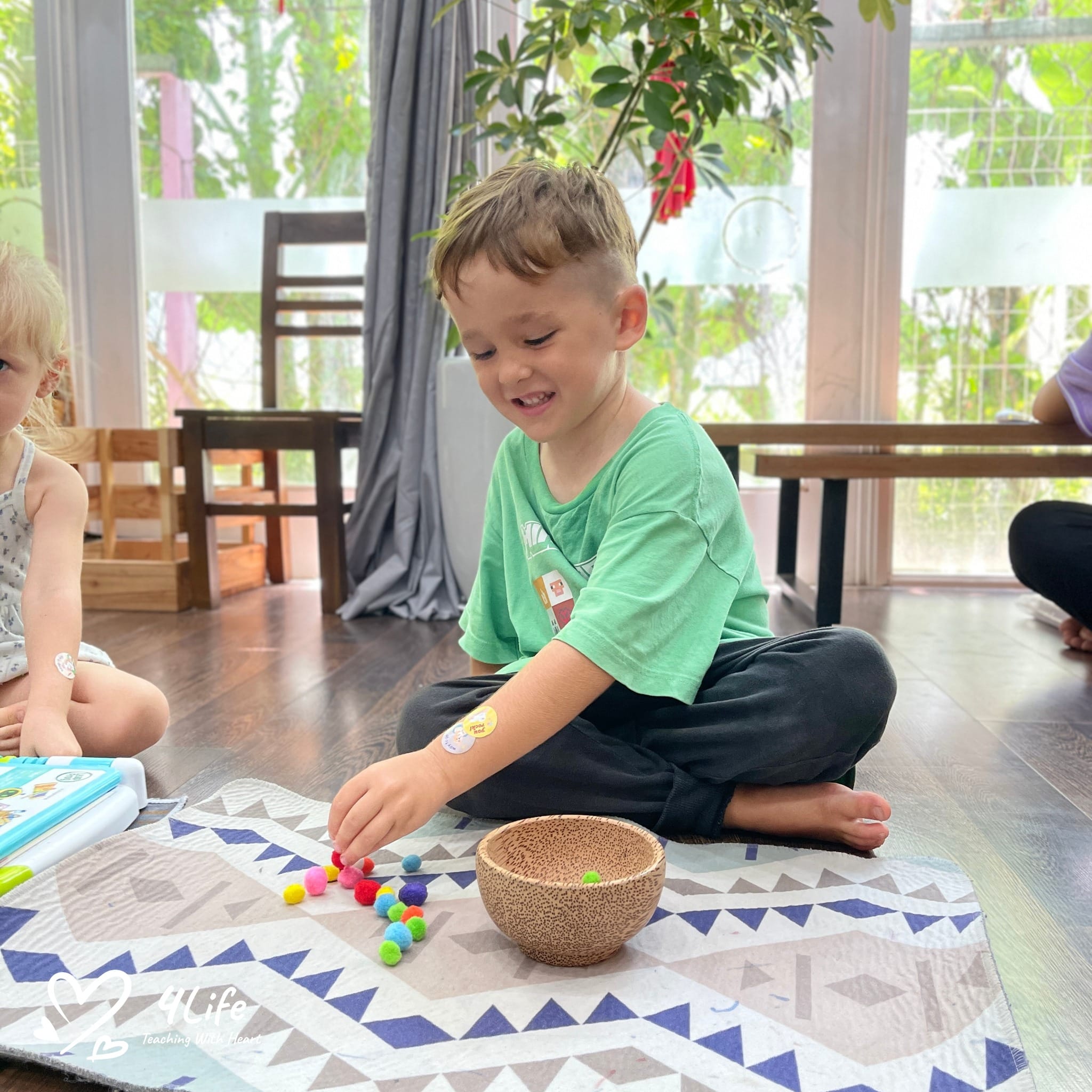
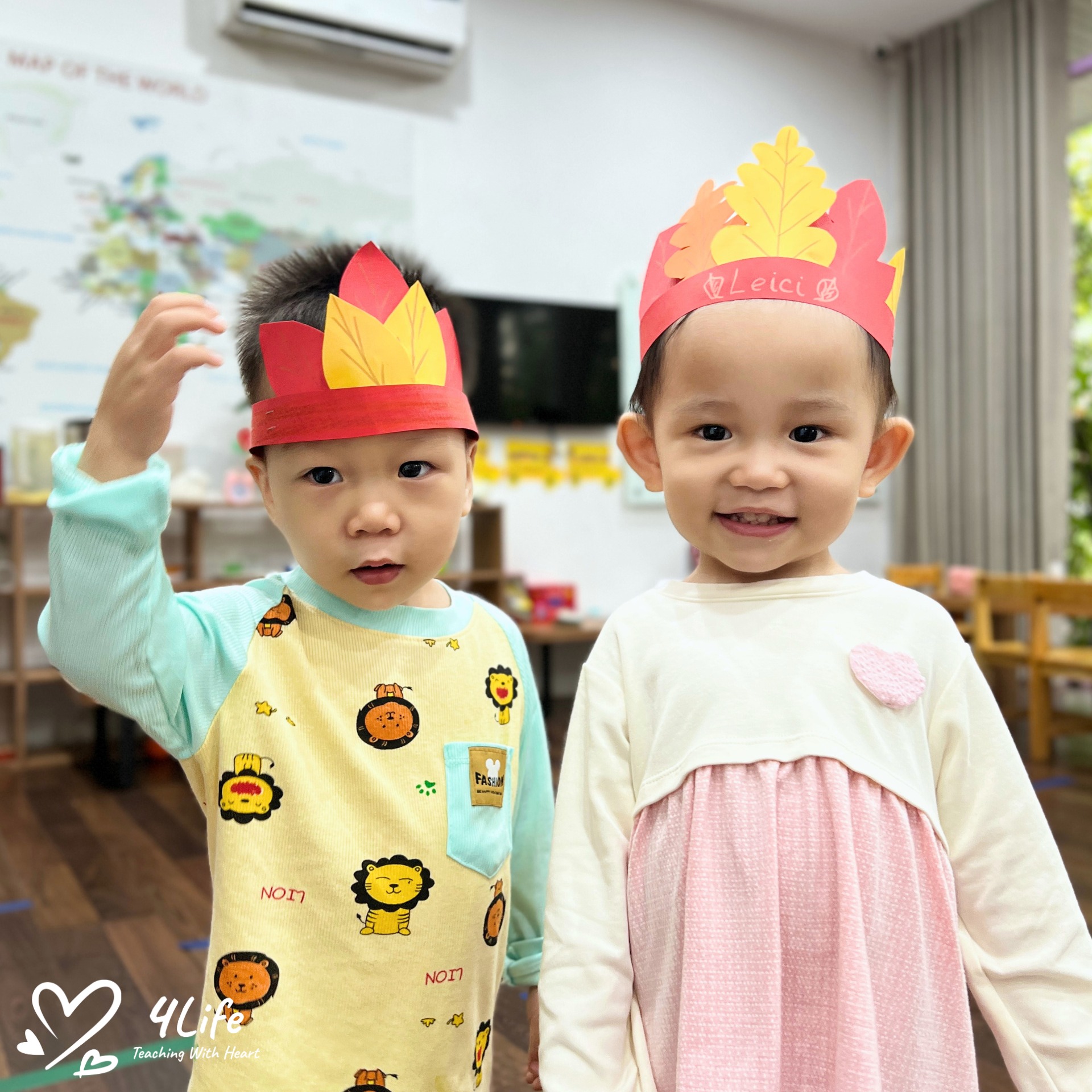
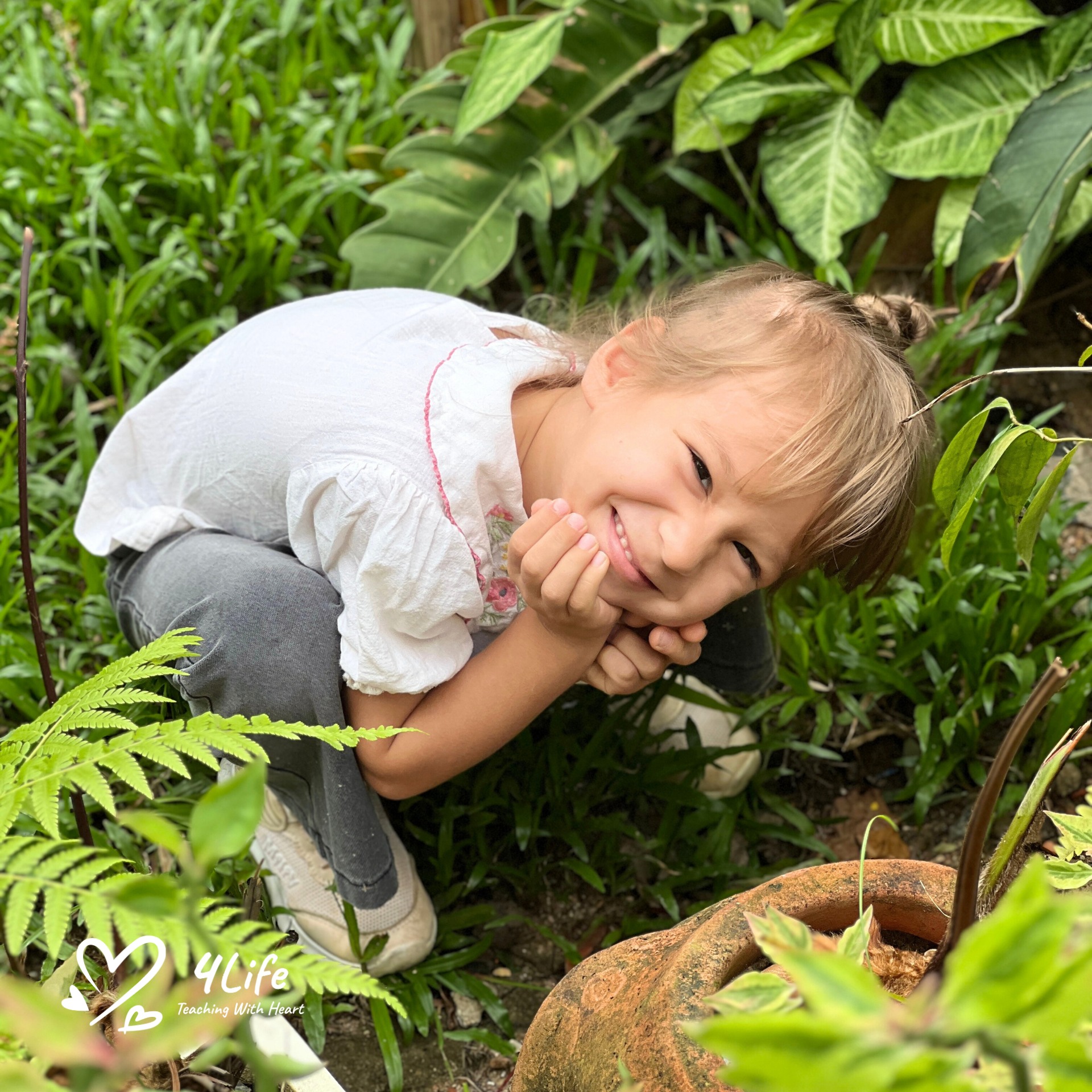
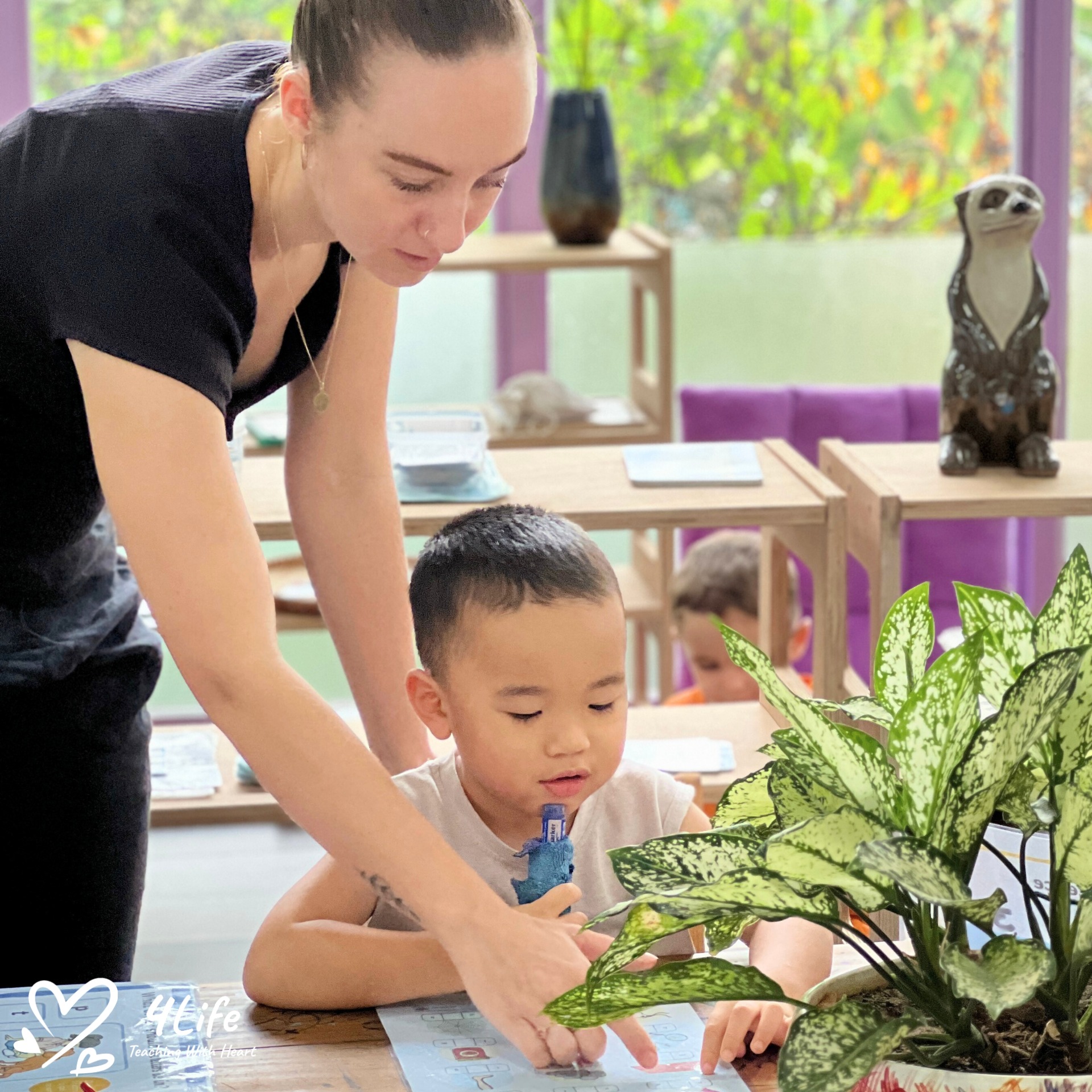
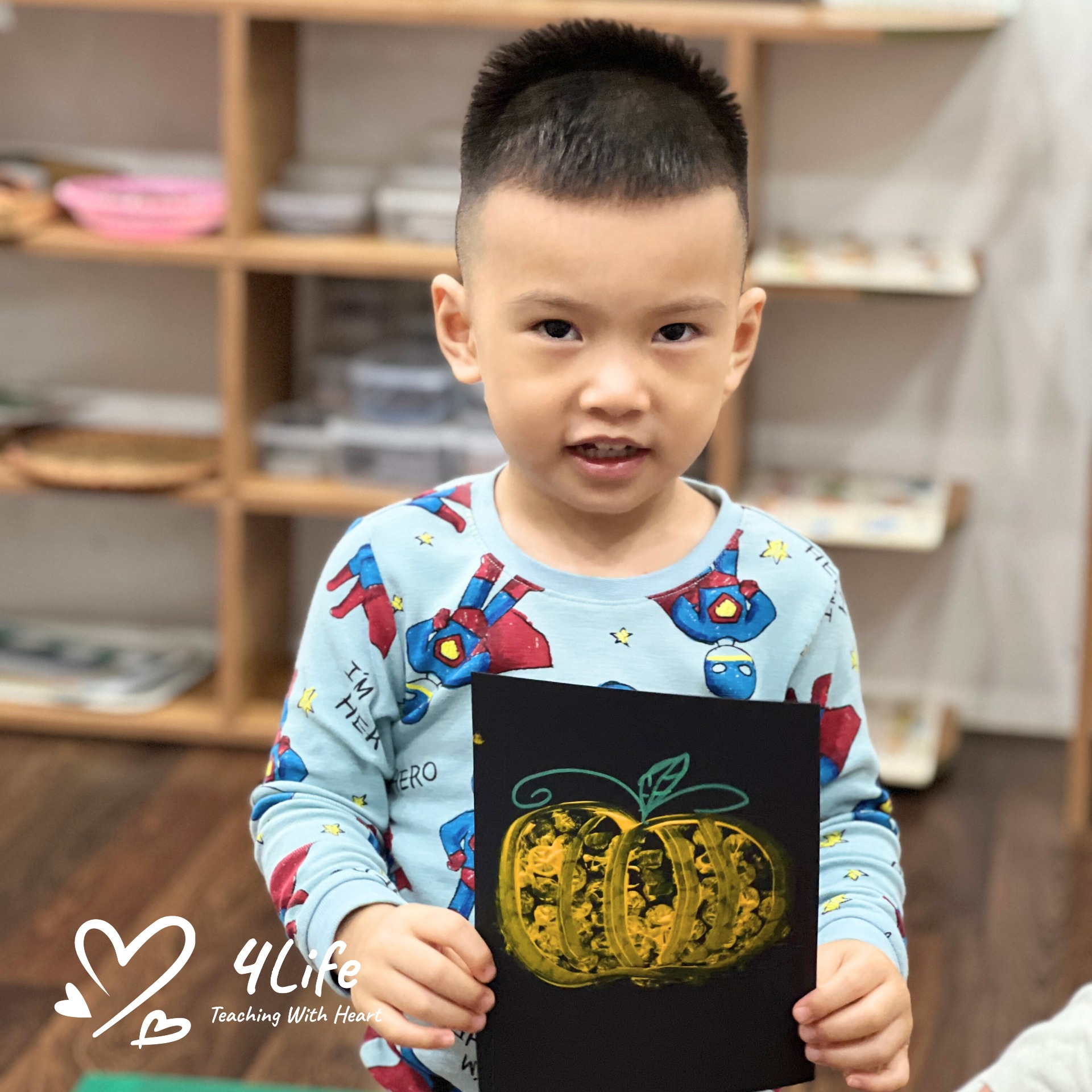
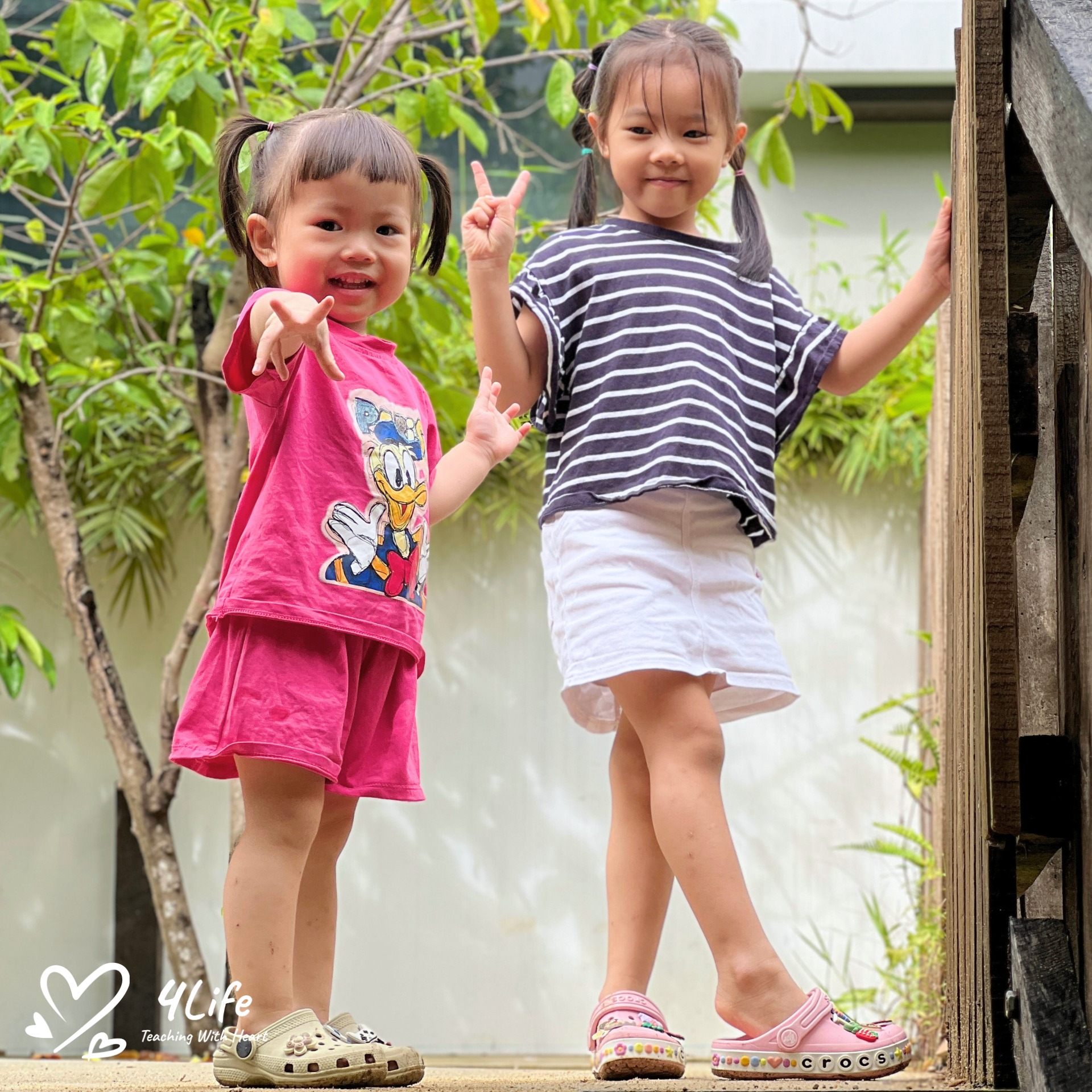
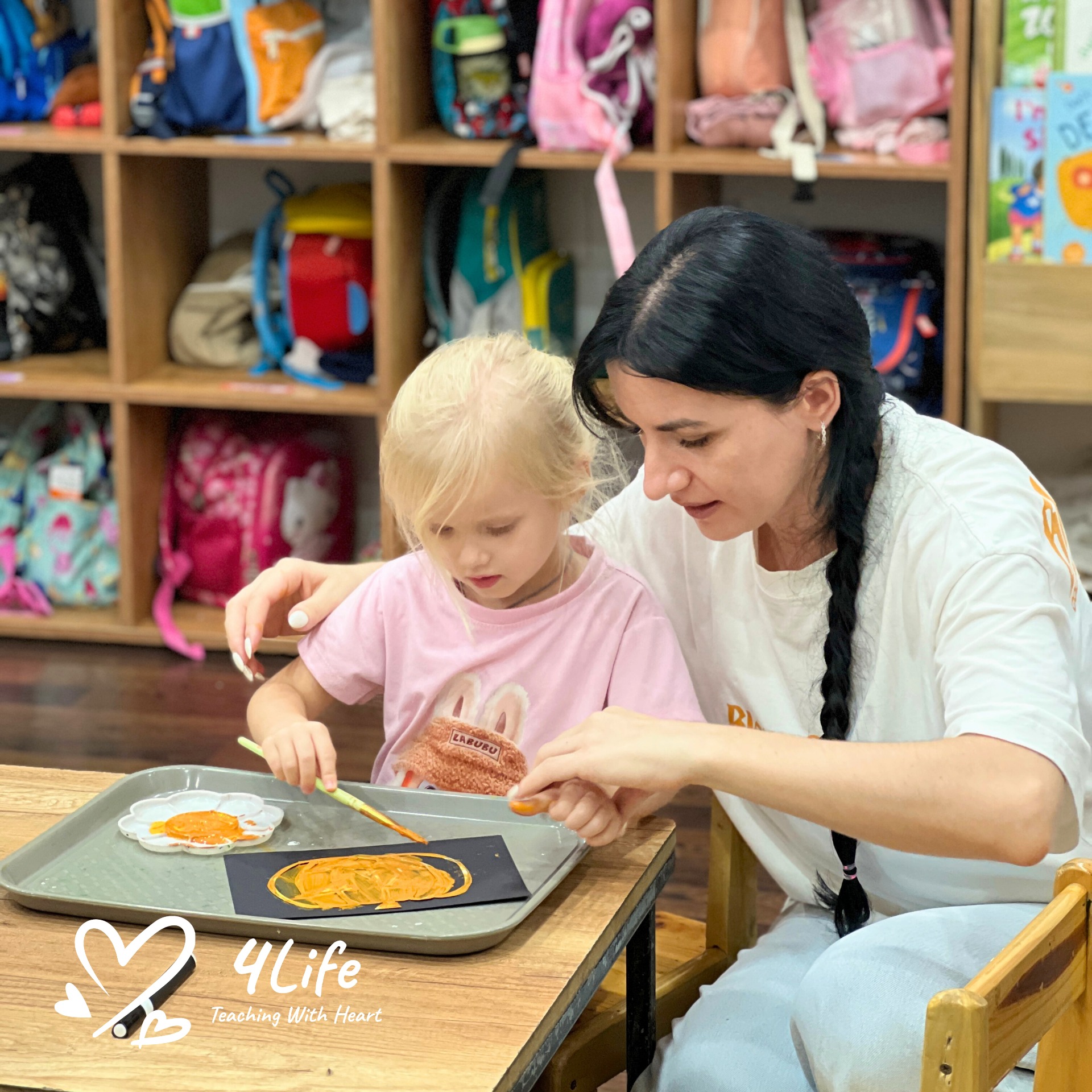
0 Comments